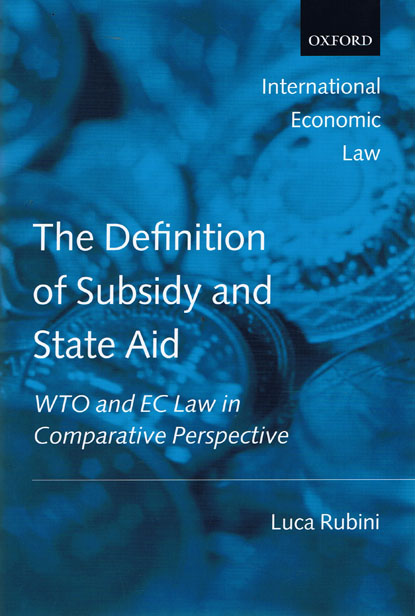We are now closed for the Christmas and New Year period, returning on Monday 5th January 2026. Orders placed during this time will be processed upon our return on 5th January.

This book presents a conceptual analysis of the definitions of state aid and subsidy in EC and WTO law. It provides a comparative analysis of the regulation of subsidy in both systems, examining the coherence of the conceptual understanding of subsidy and the grounds for legitimate state intervention.
The book focuses on the substantive provisions relating to core properties of a notion of subsidy, ie the public intervention and the conferral of an economic and selective advantage. In addition to preventative measures, it analyses the regulation of subsidy's negative and positive effects (distortions of international competition and trade, and remedial of insufficiencies in the market).
The current regulation in EC and WTO law is analysed, compared and assessed in depth, and tested against a proposed benchmark of optimal regulation of subsidies in each legal system and, more generally, at the international level. Drawing on the comparative analysis, the book argues that both systems can learn valuable lessons from each other to achieve a greater coherence and more efficient regulatory system.